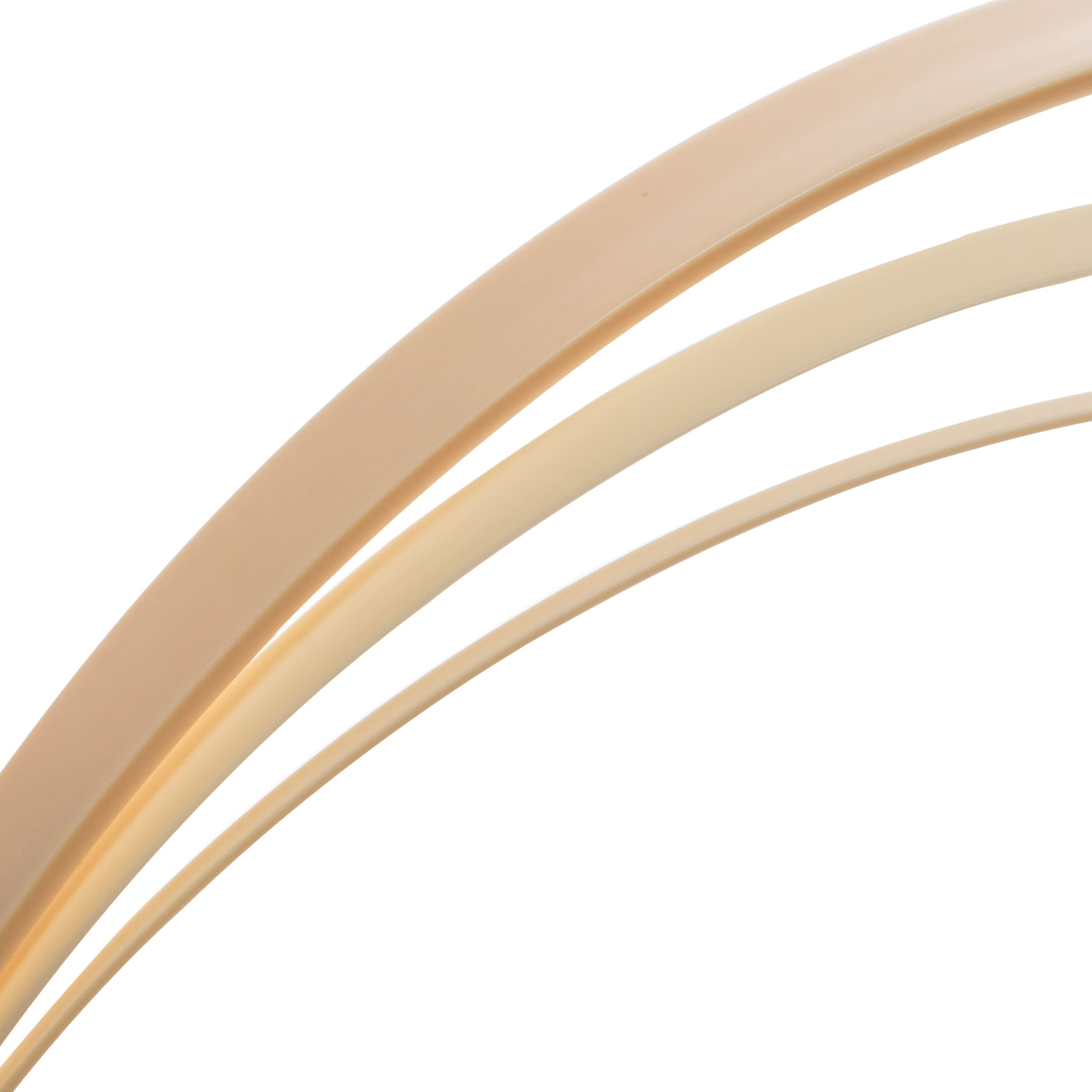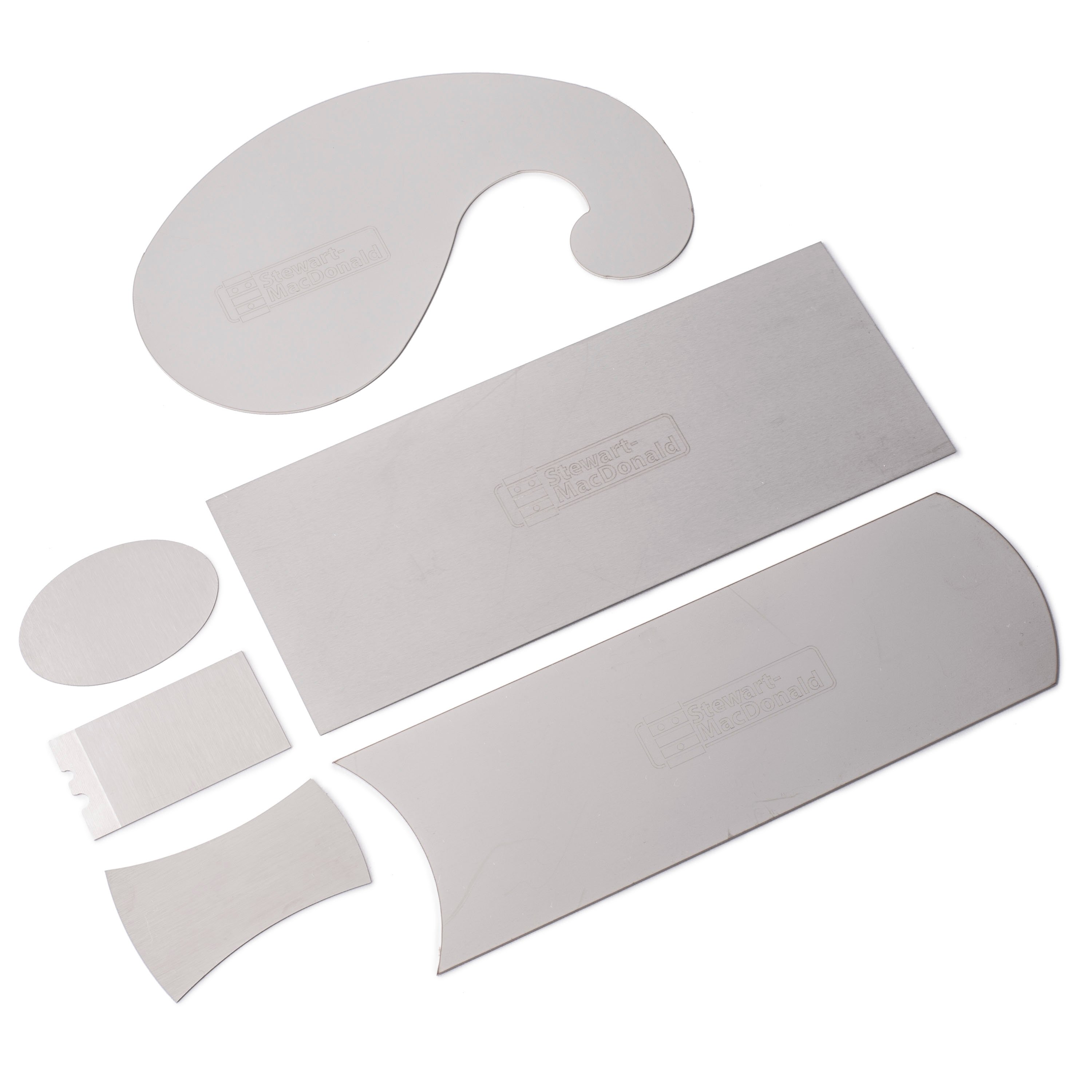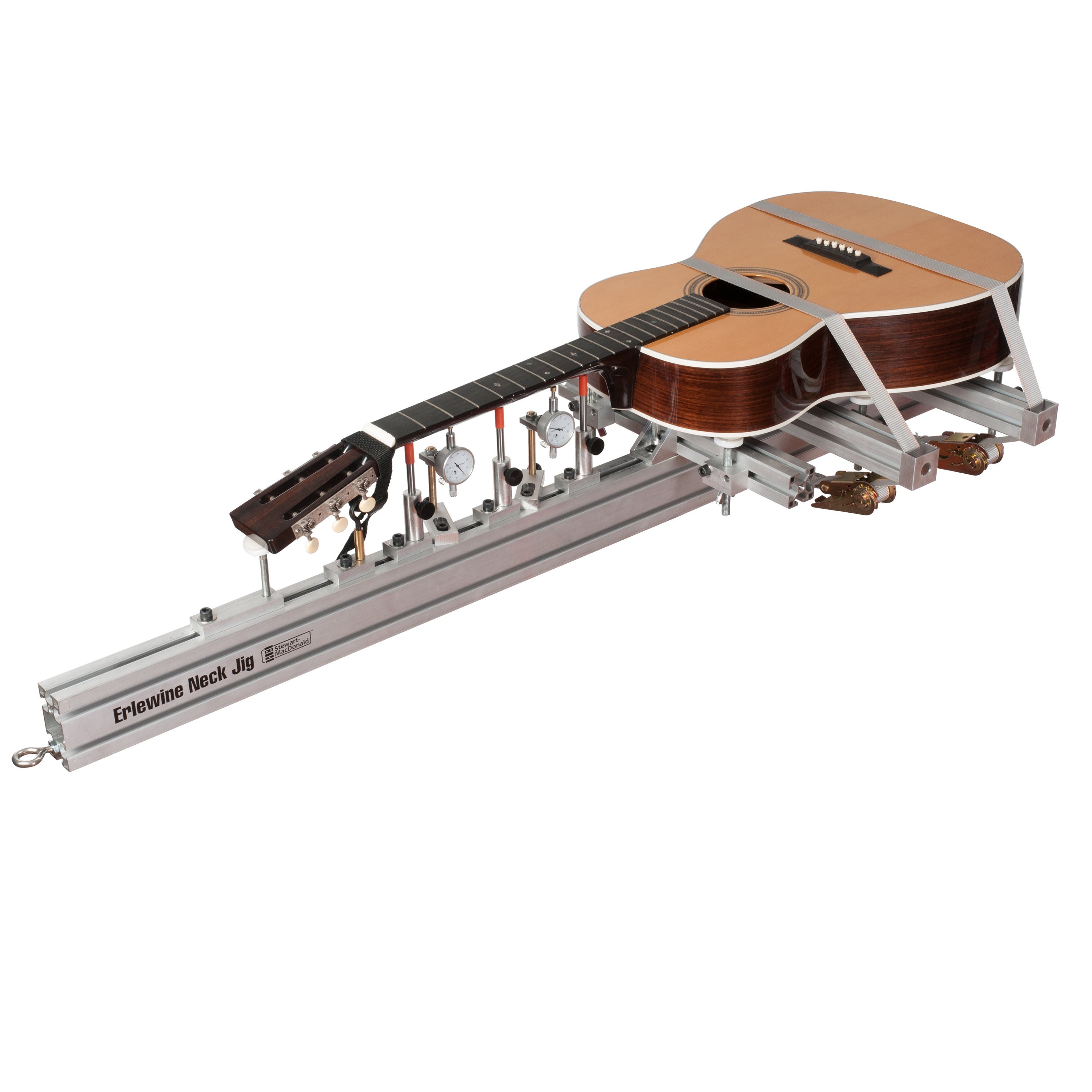Making a glue scraper/saw
Issue 209 January 30, 2014
Dan Erlewine went to the Columbus Guitar Show to sell some fixer-uppers. Nobody bought this beautiful 1930s Kay Deluxe; its neck joint problem must have seemed like too much work. The guitar came back home and volunteered for this Trade Secret about making a tiny saw for cleaning old glue joints!
About the guitar in this video: This 1930s Kay Deluxe has an usual design for an adjustable neck angle. Dan shows how it works on this video.
- Crumbling old glue joints that have given up the ghost
- How to make a thin, sharp glue remover from a razor saw
- Drywall sanding screen is a good option, too
- 1930s Kay Deluxe: a very clever neck joint!
Video Transcription
Dan Erlewine: Last weekend I went to the Ohio Guitar Show in Columbus. It's a vintage show put on by my friends Mark Weiner and Mark Newman, who also produced Guitar Digest Magazine. I went to the show to get rid of a few fixer uppers I have that I just don't seem to get around to. One that came home that no one was willing to tackle was this beautiful Kay Deluxe from the 1930s. It has the adjustable neck angle and the neck bolts on through the sound hole with one bolt. I'll get the neck off and show you the problem here.
A clever neck joint
It just bolts on. There's a curved piece of wood that it slides on that so you can adjust the heel of it to get the neck angle you're after. What it is is a 3/8"-16 bolt mounted deep into a big fat heel. And it swivels and then the shim between the neck, heel and the body has a curve in it, and it rides against that curve and you can adjust your angle. Pretty cool. So here's the problem. This whole block is loose from the top. That can push it in and out and it's also loose from the kerfing. If you looked back underneath here a bit, it's loose out to there and I need to get into all those areas and clean them out. Some of the wood binding is just falling out. I'll need to make that because you can't buy wood binding this size.
Make a thin glue remover from a razor saw
I need to clean the joint really well and get all the old dried glue out and any pieces of wood in there before going on. And I do that with a little saw that I make myself. Here's my cleaning saw [on-screen text reads: Make a mini-saw for removing glue]. I made it from a thin saw blade, 10 thousandths [on-screen text reads: StewMac Pull Stroke Gauged Saws], by driving open the back and pulling out the blade and cutting it down with snips into a strip. And then I used a grinder. You could use a belt sander to remove that sharp edge on the back and you get a little sharp saw blade that'll last for years. It can reach deep into a joint. I'm holding this guitar in my neck jig upside down [on-screen text reads: The Neck Jig can be a vertical guitar holder]. It was bolted to the bench and it's sitting on the floor and that really makes it firm so I can do this operation. I'll put a neck on with this neck jig hole in the body sometimes. You can see it loose way out to here. It's a hide glue joint. Maybe they didn't get enough glue right in here. Maybe it got in a hot car and loosened. Something had a lot of force to crush that plastic.
Cleaning out the glue joint
I've already broken this piece here and I was going to break it anyway, probably. I want to get rid of that crooked binding because this is no good. I can look way back in here. And the heel is loose from the side. It's been bent up for years. I might be able to soften that with some hot water. I can press the top down and then get that crud out of there. I don't really want to saw wood. I want to saw through glue and blow out the dried stuff because that would keep the joint from going down flat. Another good cleaner is drywall sanding screen. That's 120 grit. If you can get into the joint, it'll pull a lot of stuff out. That's about as clean as I'll get that and it's ready for glue. Now I've got to figure out how I'll glue it up to get rid of the dip up here. Well, think about that overnight.





